Samsung Galaxy Note 8 vs Galaxy S8+ first look: big vs bigger
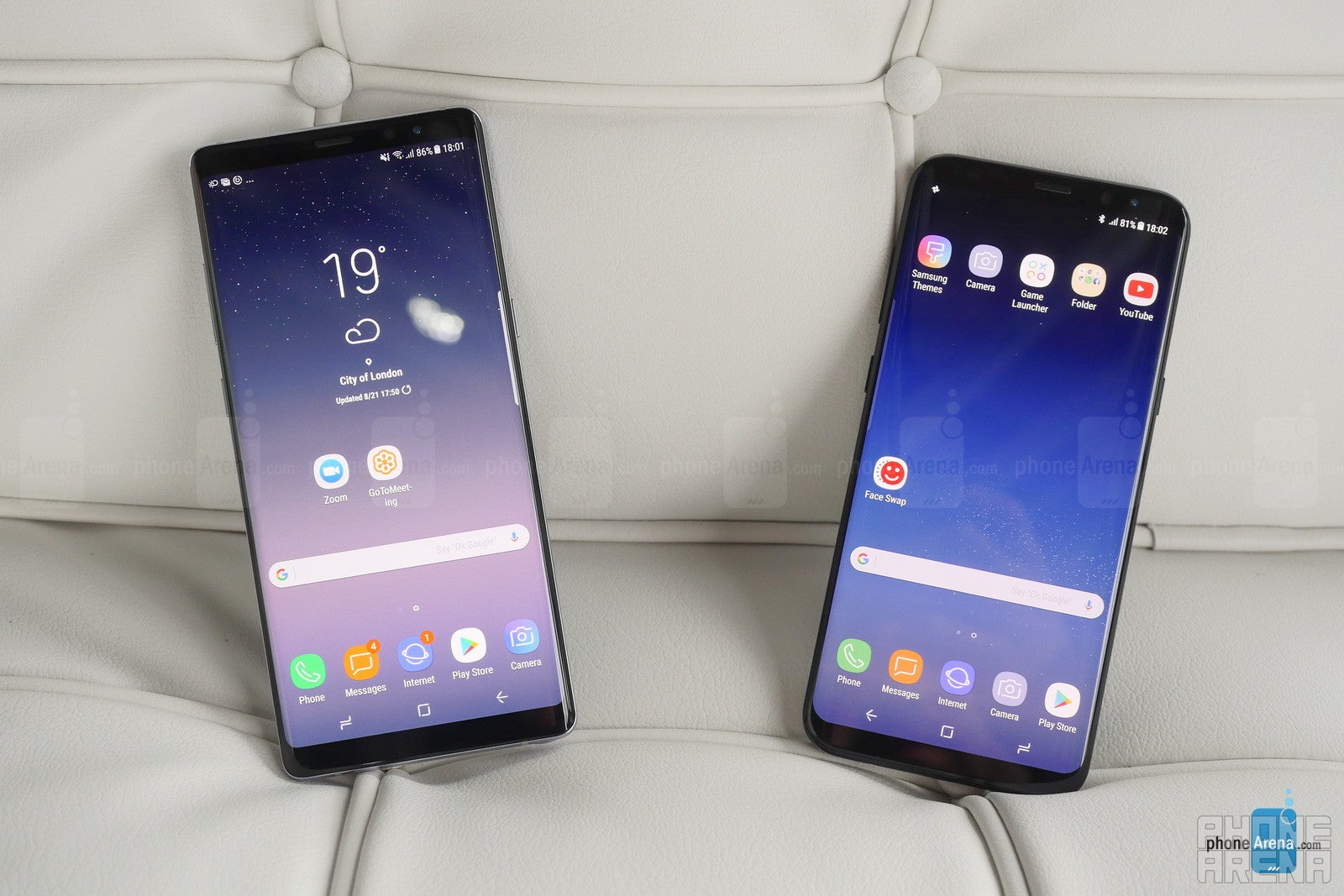
When the very first Galaxy Note launched, many made fun of it and its large size. Surely, not everyone expected Samsung's supersized smartphone to be commercially successful, let alone the series to still be around almost 6 years later. Yet here we are, holding the Samsung Galaxy Note 8 in the flesh. It is big, powerful, and feature-packed – just the kind of device a smartphone enthusiast would be drawn to.
Also read:
But at the same time, the Samsung Galaxy Note 8 feels very similar to the Galaxy Note 8+, which has been on the market for months. How are these two beasts different? Well, allow us to walk you through.
Design and display: big vs bigger
Anyone who's torn between one of these two phones likely knows what they're getting themselves into. The Galaxy S8+ is already a huge handset, and the Galaxy Note 8 isn't any smaller. In fact, it is slightly wider and taller, accommodating a 6.3-inch display (vs a 6.2-inch one on the S8+). Because of this, and due to the fact that its corners have less of a rounding to them, the Galaxy Note 8 feels a bit chunkier. But neither of them feels impossible to handle. That's thanks to their so-called Infinity Displays occupying almost all of their front sides, all while being narrower in shape, thus less difficult to hold and use for their screen sizes. We must note that the Galaxy Note 8 is noticeably heavier – probably heavier than we wish it was.
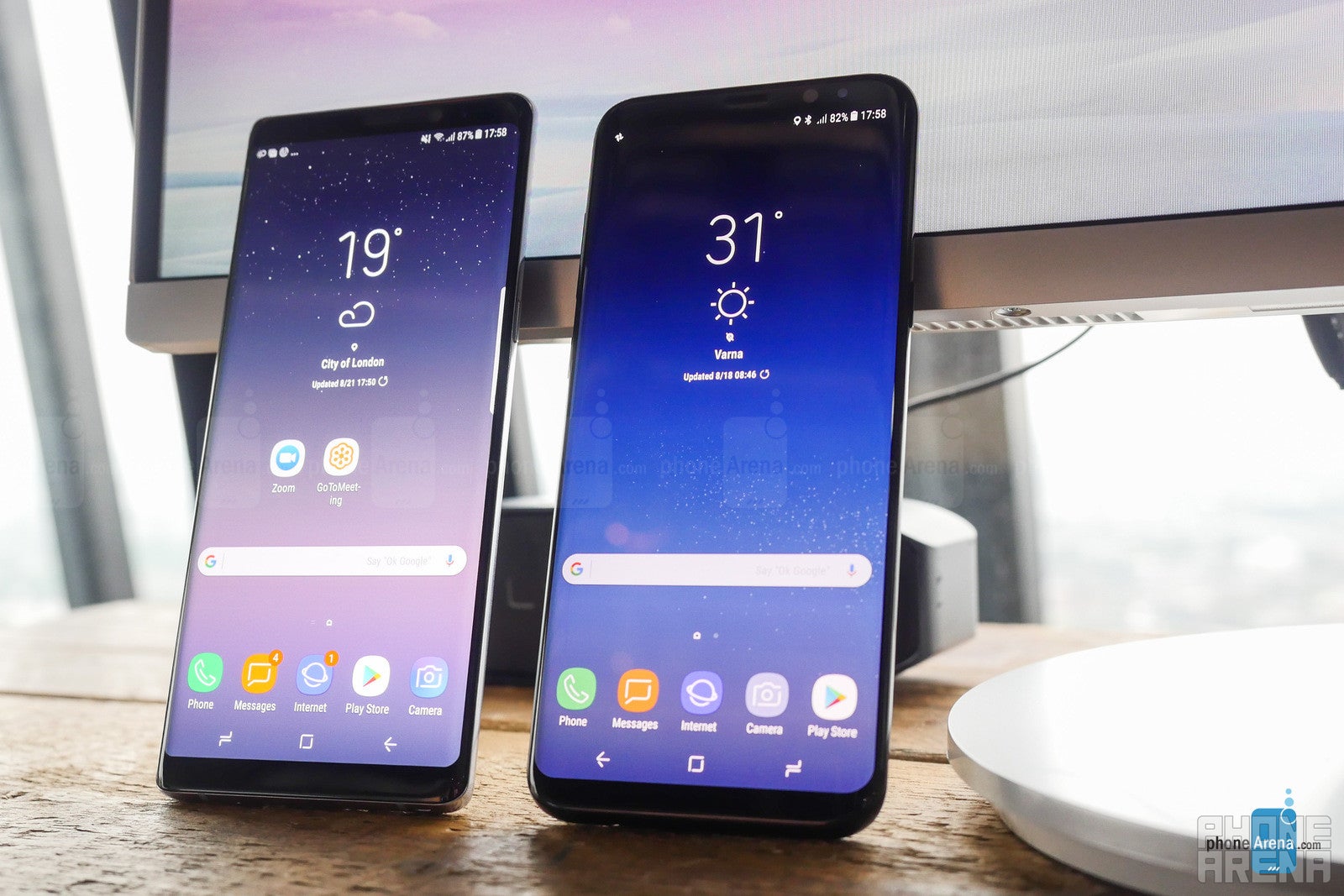
Size aside, both phones look very similar with their construction, with an unmistakably premium feel achieved through use of curved glass and metal. If it wasn't for the variety in color options, you might have a hard time telling one from the other. They displays look equally bright and vibrant, with always-on display functionality and an identical set of on-screen navigational buttons at the bottom. And yes, both are IP68-certified against damage from water and dust.
Software and interface: the S Pen experience
Things start looking a bit different when we take out the Galaxy Note 8's S Pen stylus. Only available on the Galaxy Note 8, it is one of its key standout features, providing users with a new level of interaction with their device. That's a fancy way of saying that you can draw stuff with the S Pen on the Note 8. For example, you can take down a quick note right from the lock screen by simply taking the accessory out of its dedicated slot. Or you can send someone a hand-drawn note in GIF format for them to watch as it materializes. Or you can draw a Dali mustache on a selfie of yours. The Galaxy S8+ doesn't have an S Pen, and even if you bought one separately, it wouldn't work with it – not a deal breaker, but worth pointing out.
Aside from the Note's plenty of built-in S Pen-related features, the Galaxy Note 8 and the Galaxy S8+ are practically identical on a software level. Both run Samsung's latest Android experience, along with all of its quirks and features, with the Bixby personal assistant and the pull-out side panel included. The two support efficient split-screen multitasking, but on the Galaxy Note 8 screenshots to the right, on slide #5, you can see that the option to define presets for split screen app pairs has been added.
Both phones work with Samsung's DeX station, allowing you to hook up either to a keyboard, mouse, and a monitor. If you already own the accessory, it will work with the Note 8, Samsung confirms.
As far as security goes, both phones give you several options for locking the device and content on it: face recognition, iris scanning, and fingerprint reading. Alas, the positioning of the latter makes it just as awkward to use as on the S8+, but at least the reader isn't right next to the camera anymore, limiting the chance of smudging the lens.
Hardware: Note 8 gets more memory, but smaller battery
As any high-end Android smartphone should, the Galaxy S8+ and Galaxy Note 8 come with top-notch specs: fast and energy-efficient processors built on 10nm process, plenty of RAM for smooth multitasking, and ample amounts of expandable storage for all your files. But the Galaxy Note 8 has 50% more RAM compared to the S8+ – 6GB vs 4GB. During the short amount of time we had to play with the Note 8, we couldn't notice any difference in performance between the two, but in theory, multitasking should get a boost. The extra RAM would allow the software to keep more apps loaded in memory, thus not having to load them from scratch.
On the downside, the Galaxy Note 8 comes with a slightly smaller battery, presumably because more internal space is occupied by the S Pen and its slot. The difference in capacity stands at 6% – not much, but still a downgrade. Since the Note 8 and S8+ are so similar at a hardware level, the Note 8 is expected to score lower than the S8+ in battery benchmarks, but still on par with the competition.
Camera: twice the power
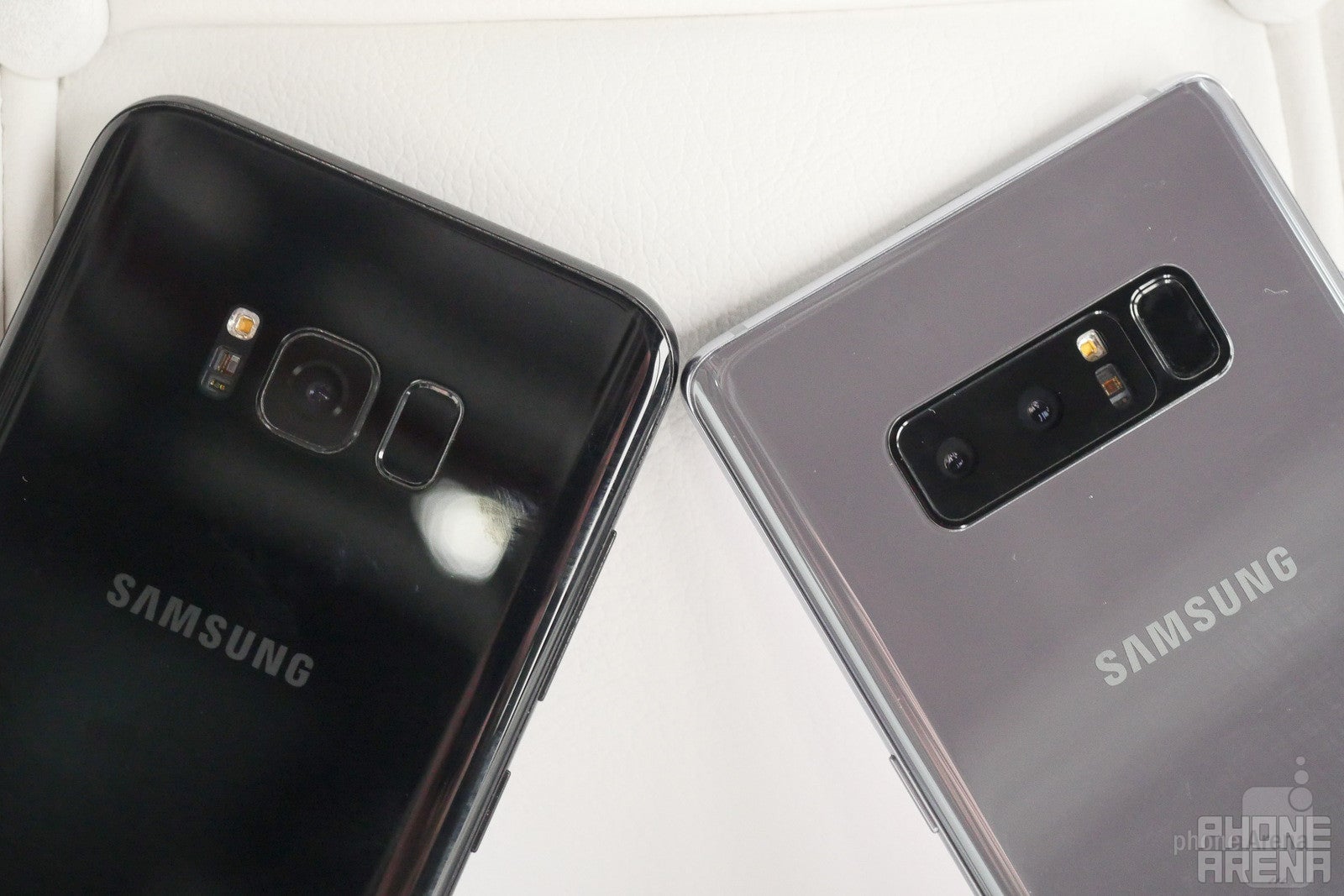
And now comes what's probably the most exciting Galaxy Note 8 feature – its dual camera setup at the back. While this is Samsung's first dual-camera smartphone, the arrangement isn't new at all in concept – the phone uses a normal 12MP camera paired with a 12MP telephoto one that provides 2X zoom, much like what the iPhone 7 Plus offers. And like the latter, the Note 8 lets you apply background blur (bokeh) to photos through a feature called Live Focus. But unlike the iPhone, the Note 8 has optical stabilization on the telephoto camera for clearer shots and lets you adjust the amount of blur that is applied. Neat!
Also read:
The main camera, however, is identical to the one we already have on the Galaxy S8+. Same goes for the 8MP front camera with OIS. Therefore, photos from the two would look identical, unless the 2X zoom camera or the Live Focus feature on the Note 8 is used. And we have nothing against that. Samsung already has one of the best smartphone cameras on the Galaxy S series, so upgrading it for the Note 8 surely hasn't been a top priority.

Pricing and expectations
Even though we've only spent a couple of hours with Samsung's Note 8, we're confident in saying that it is the superior smartphone. Even if you're not a fan of the S Pen, that dual camera it sports seems enough to justify picking the Galaxy Note 8 instead of the Galaxy S8+. Sure, the Galaxy Note 8 costs a whopping $930-$960, but the Galaxy S8+ isn't cheap either, costing north of $800 to get. Plus, Samsung is throwing a bunch of accessories to sweeten the deal for early Note 8 buyers – a 360-degree camera or a charging pad plus a microSD card. Are you getting one? Let us know in the comments, and be sure to check out the rest of our Galaxy Note 8 content.






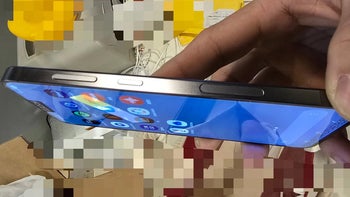
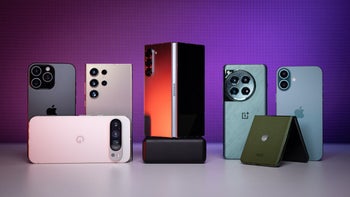
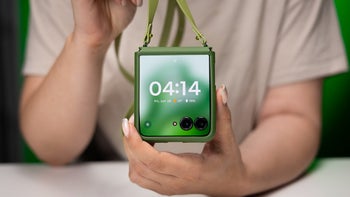
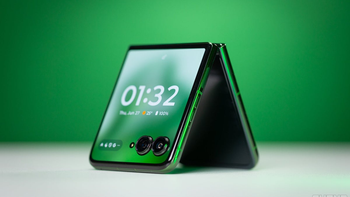
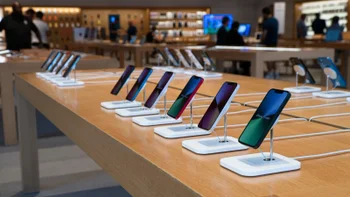
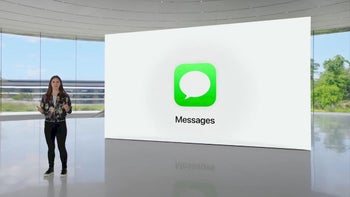

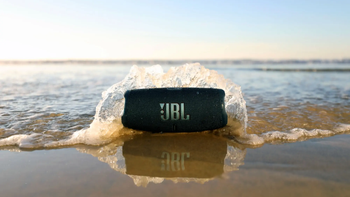
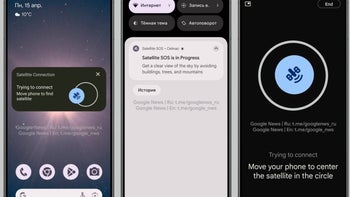

Things that are NOT allowed: